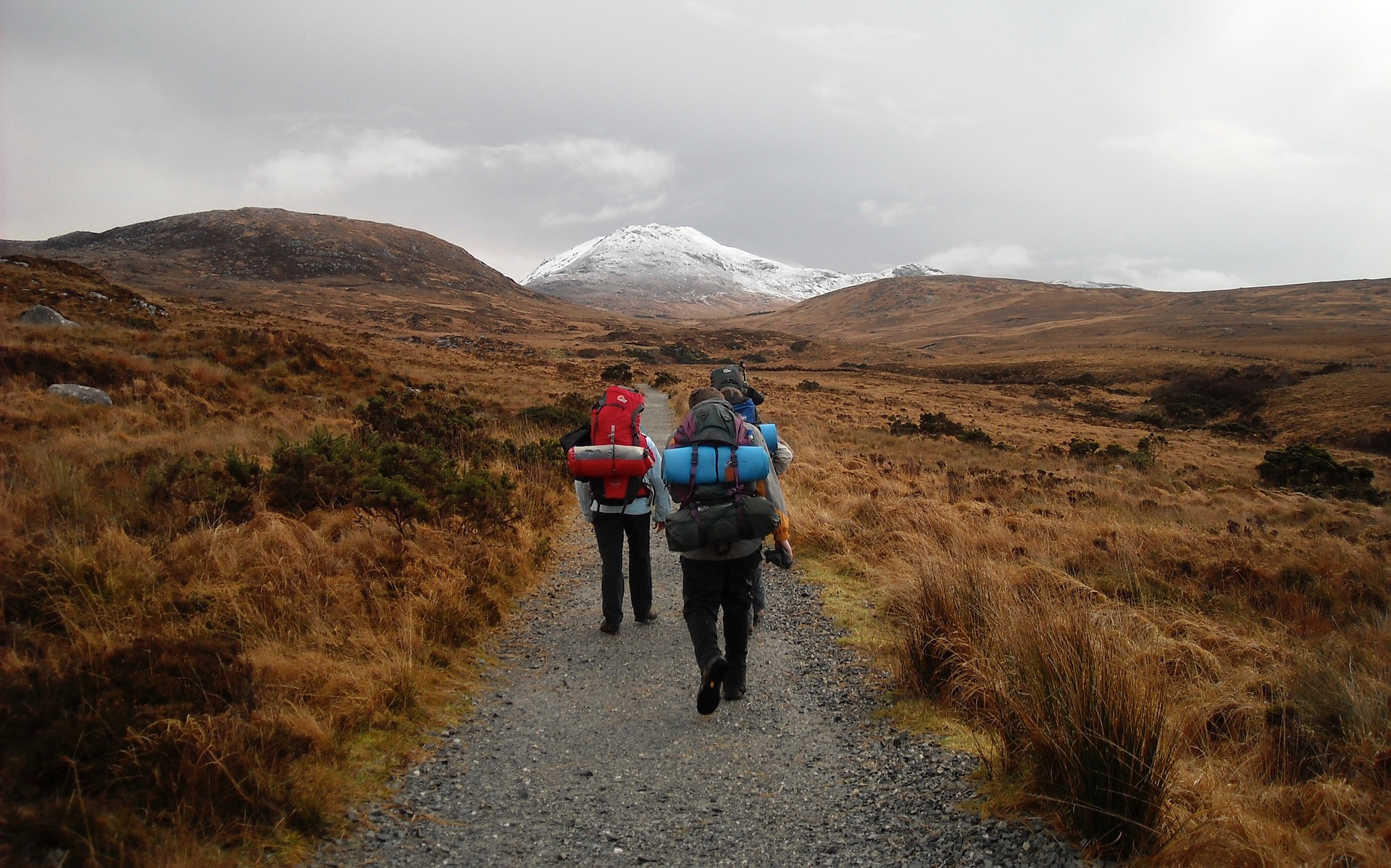- Home
- The Littlbug Blog
- Your Outdoor Skills: What to Pack (part 1)
Recent Posts
Your Outdoor Skills: What to Pack (part 1)
Posted by on

Endless brands and options can make being prepared for your outdoor adventure overwhelming. When you head into the backcountry, you carry everything in and out. Remember, pounds are made up of ounces. Selecting the right gear can help shed a few pounds from your pack and not forget something important. Here are some of the essentials we recommend for anyone looking to explore the great outdoors from a weekend getaway in the woods to a multi day backcountry trip.
Tarps, Bivies, and Tents, Oh My!
If you are looking to go ultra-light, a basic waterproof tarp and a couple ropes can protect you from the elements and save you some pounds. A bivy offers a little more protection than a tarp, but doesn't have the same space as a tent or tarp. Also, they're a bit difficult to get in and out of while at the same time keeping everything dry if its raining.
If you aren’t too worried about weight, a tent provides the same protection as a bivy and gives you the floor and headspace as a tarp. Some backpacking tents have become quite light in recent years, but come with a steep price tag. There are several basic camping tents that are reasonably priced and won’t break your back, but weigh a little more than a simple tarp or bivy.
Try something new. Hammock camping is always a great option. Hammocks work well in a lot of outdoor environments, but have become especially popular in warmer climates and wet conditions.
Getting Those Backcountry Zzzzz’s
Don’t compromise your sleeping condition. Do your best to get a good night sleep in the backcountry. A rewarding day of hiking often comes with sore muscles and exhaustion. You want to climb onto your sleeping pad and into your sleeping bag knowing you’ll be comfortable and warm all night long.
Sleeping Bags: Sleeping bag ratings are a good guideline, but not a hard fast rule. Take the time to sleep outside at home in your sleeping bag to help you know at what temperatures YOU will be comfortable. If you want to go camping and you know the temperature will be below your sleeping bag’s comfort range, grab an extra sleeping bag or sleep sack. Again, if you can, try this at home before you head out.
When looking for a bag, down sleeping bags are lighter, compress smaller than synthetic sleeping bags and tend to have a better temperature ratings. However, if it gets wet, down loses its ability to keep you warm.DriDown is treated down meant to keep you warm when wet, but expensive. Synthetic doesn’t compress as small as down, but keeps you warm even if when it is wet. Keep in mind, a wet sleeping bag can ruin a great experience. So, if you plan on camping in areas that get a lot of rain, and you're not confident in your ability to keep it dry, we recommend using synthetic.
Sleeping Pads: Air mattresses provide an extra cushion and protection from the ground. You also have the option to get an insulated air mattress for cooler temperatures. The mattress can be either self inflating or one you inflate yourself. They also pack down fairly small, saving space in your pack. However, there is always the risk of a leak or tear in the air mattress, in which case, your air mattress isn’t much use. Most air mattresses come with a repair kit, but there are times where you can’t find the leak or repair the tear with a small kit.
Foam mattresses eliminate tear or leak problems. They tend to be a bit bulky, but are easily secured to the outside of your pack. A foam mattress also allows for versatility. Use your foam mattress as a seat during your lunch break, an afternoon nap in the sun, or sitting around camp. It’s easy to transfer your foam pad back into your tent for sleeping. Again, we suggest trying different sleeping pad options at home before heading into the backcountry.
Some tricks from our experience at Littlbug
- Put your pad underneath your tent between the floor and the ground cloth. It'll stay flat, won't slip out from under you and doesn't get in your way when you're moving around in the tent.
- As you roll your sleeping pad, roll items in it to free up space in your pack. The Littlbug Stove is the only wood backpacking stove that is specifically designed to be able to do this!
Your Backcountry Wardrobe
In the backcountry, you don’t need a change of clothes for every day. We recommend bringing an extra pair or two of socks and depending on your preference, one or two extra pairs of underwear. In warmer climates or summer a long sleeve shirt and jacket for layers should do the trick in addition to what you wear on the trail. Rain gear is always recommended since the weather varies no matter where you go. Also, a hat provides excellent protection from the sun.
When it comes to outdoor skills the more you bring along, the less you have to carry. Skills don't break and they're never left behind. They don’t leak, tear, and they don’t get wet!

 Loading... Please wait...
Loading... Please wait...








